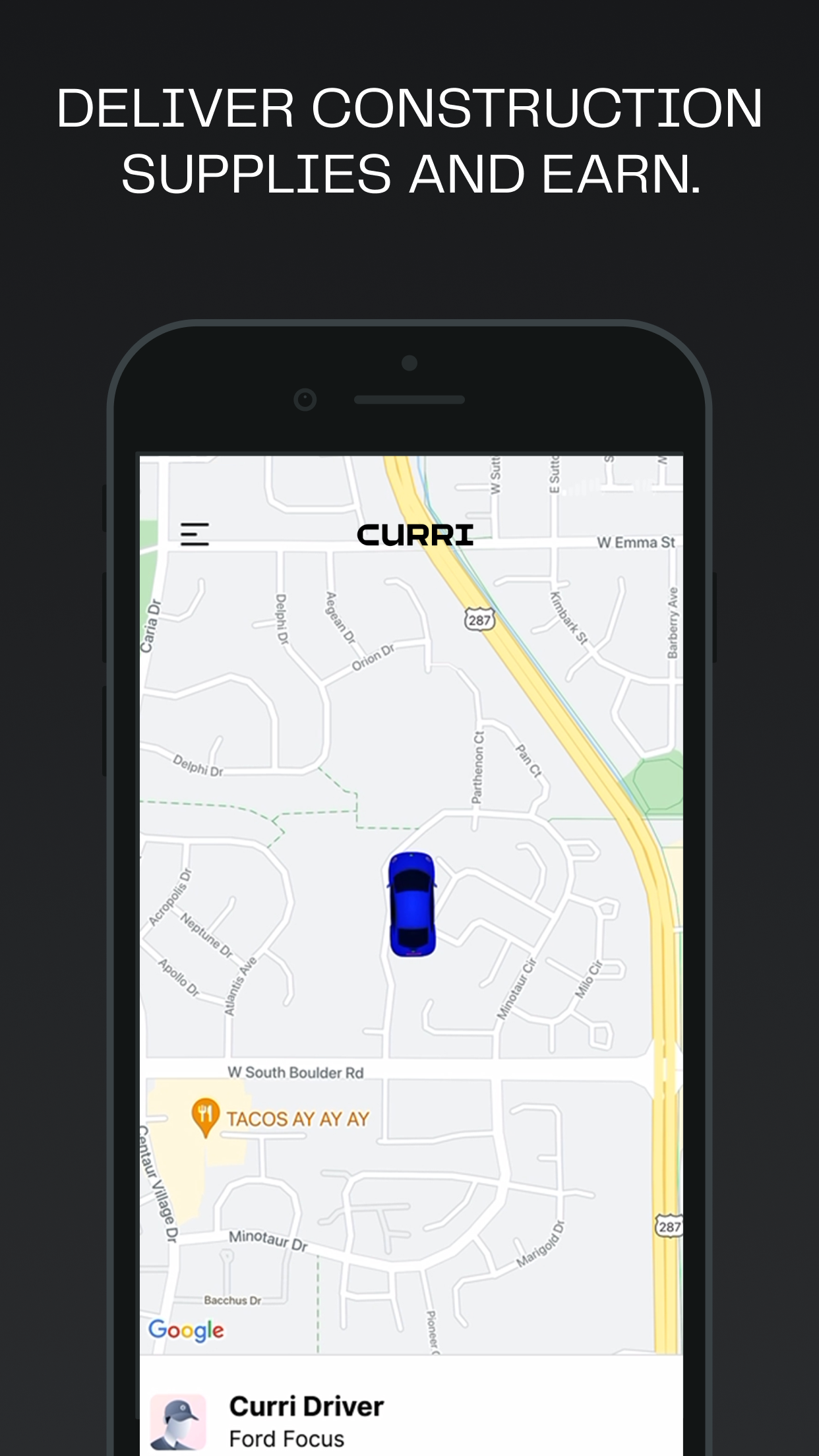by Curri, Inc.
Detailed Review
Key Features
- •Geolocation-based job matching automatically finds deliveries closest to the driver's current position, minimizing deadhead miles between assignments
- •Real-time customer updates provide shipment tracking through continuous location sharing during active deliveries
- •Automated route optimization calculates most efficient paths for pickup and delivery sequences based on traffic conditions
- •Integrated earnings calculator displays estimated compensation before job acceptance based on distance and load specifications
- •Availability toggle allows drivers to control when they receive delivery opportunities through simple active/inactive status setting
- •Customer support access provides technical assistance and issue resolution through in-app communication channels
Why Users Love It
Perfect for: Independent contractors with appropriate vehicles for commercial material transport
Screenshots





Ranking History
Track Curri Driver's performance in Business over the last 30 days
Current Rank
#49
Best Rank
#49
All-time high
Average Rank
#49
30-day average
Questions & Answers
Which iOS app should I use for picking up local construction or business material deliveries?
Curri Driver is an on-demand delivery platform designed specifically for commercial and industrial materials. Unlike general delivery gig apps, it foc...
Ad — Extra Q&As are paid placements. Editorial standards apply; rankings unchanged.Learn more
What's a good iOS app for drivers looking for on-demand delivery jobs?
If you're an iOS user seeking flexible, on-demand delivery work, Curri Driver is worth checking out. It acts as a bridge, linking drivers with busines...
User Reviews
Day one from dropping off two loads and three hours $150 still got time to go to excellent app Extremely satisfied Day one from dropping off two loads and three hours $150 still got time to go to excellent app
150$ off 2 deliveries doesn’t get better than that Love it 150$ off 2 deliveries doesn’t get better than that
Very easy to work with. I love the app and would love even more jobs. Thanks Curri Easy work Very easy to work with. I love the app and would love even more jobs. Thanks Curri
Been working for Curri it’s way better than uber delivery Get Up Early And Start Driving Transport Time! Curri Is The Best Been working for Curri it’s way better than uber delivery Get Up Early And Start Driving Transport Time!
The app is running slow and customer service is terrible!! You cannot get in contact with anyone there’s no number to speak to someone !! When you message someone through the app they say you have to be on a delivery to get support even if you missing a payout!! The do not respond to email like they should!! Customer support is terrible it wasn’t bad like this couple years ago Service The app is running slow and customer service is terrible!! You cannot get in contact with anyone there’s no number to speak to someone !! When you message someone through the app they say you have to be on a delivery to get support even if you missing a payout!! The do not respond to email like they should!! Customer support is terrible it wasn’t bad like this couple years ago
App Details
Developer
Curri, Inc.
Platform
iosRating
Last Updated
12/1/2025